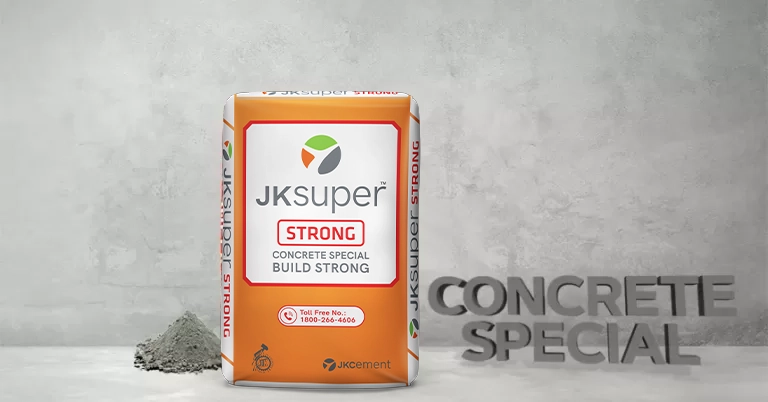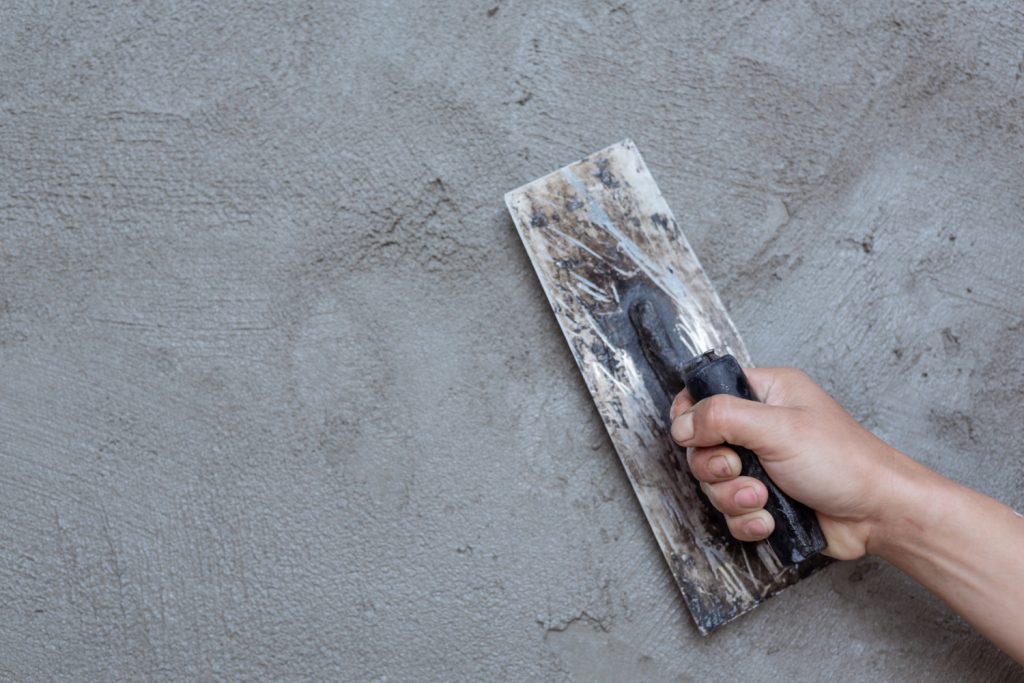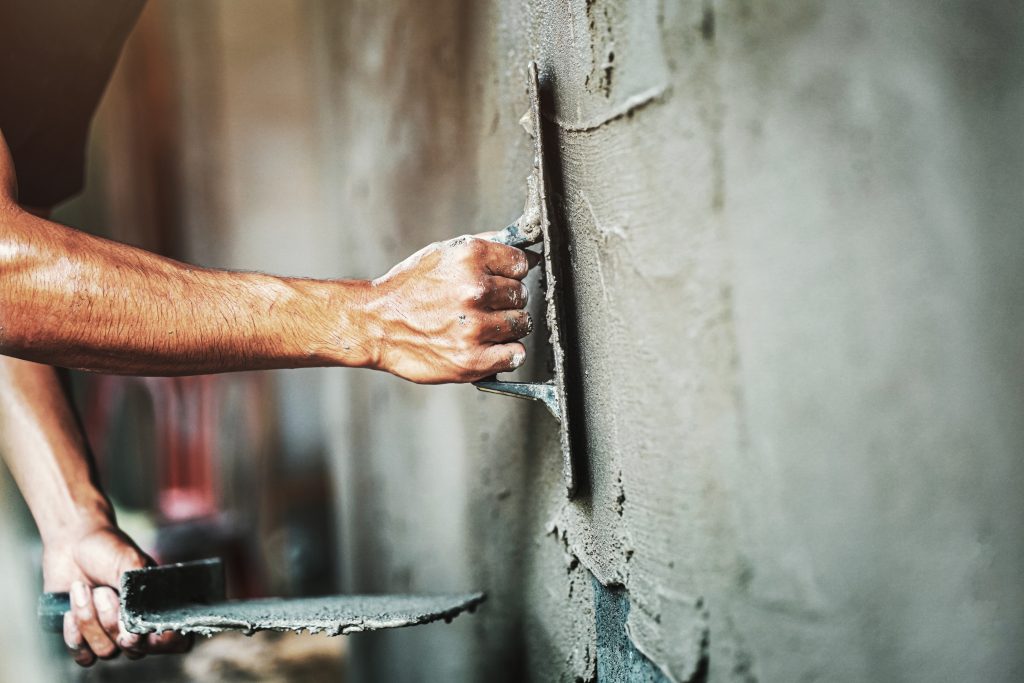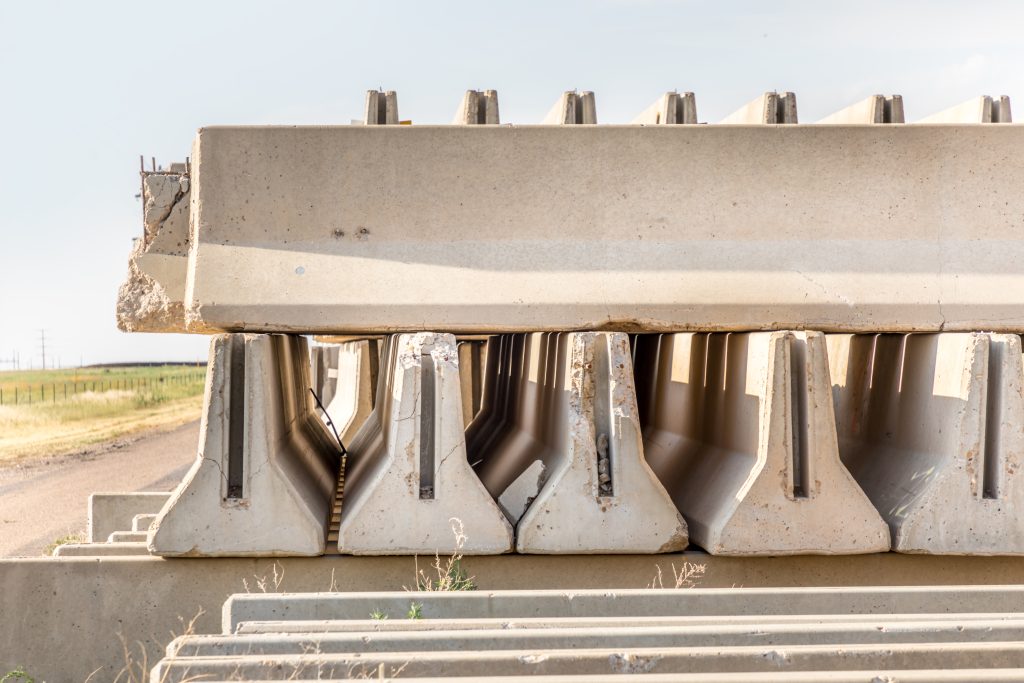Before we understand which cement is best suited for slab construction, it is important to know what slabs are and how they are made.
A slab is a flat, horizontal component used in building structures. It serves as the roof, floor, or ceiling and can be made of different types of concrete.
Slabs fulfill various important roles in construction:
· They serve as effective insulators against heat, fire, and sound.
· They efficiently distribute loads by bending in multiple directions.
· They offer protection and shelter.
· The upper slab functions as the ceiling for the underlying storey.
Ground-bearing slabs are thick concrete slabs supported by foundations, while suspended slabs are not directly in contact with the ground.
Slabs can be either prefabricated or constructed on-site. Prefabricated slabs are manufactured in a factory and then transported to the construction site. They are installed by sliding them between concrete or steel beams.
On-site construction involves pouring wet concrete into formwork, which is typically made of wooden planks, plastic, or steel. If reinforcement is required, metal bars are positioned within the formwork, ensuring they do not touch the bottom or sides. This prevents any exposed metal bars once the concrete sets.
For ground-bearing slabs, the formwork’s side walls are pushed into the ground, eliminating the need for a base. These walls hold the concrete in place. To make suspended slabs, the concrete is poured into a tray, which is temporarily supported with scaffolding.
Types of cement for slab construction: know your options
Portland Pozzolana Cement (PPC) is usually the best cement for slab construction, especially in residential and educational settings. It consists of cement clinker (77%), gypsum (3-5%), and fly ash (20%).
PPC offers advantages such as enhanced waterproofing, suitability for tiling, brickwork, and plastering. It minimises cracks, shrinkage, and ensures excellent workability. Additionally, it allows for longer framework removal time and provides high load-bearing capacity, preventing slab cracking.
Another type, which is also considered the best grade cement for slab construction, is Ordinary Portland Cement (OPC). This cement is used particularly for large-scale projects such as power plants and factories. It consists of cement clinkers and gypsum (5%).
OPC provides early-stage adhesive strength and exhibits excellent workability and strength within the initial 28 days (about 4 weeks). It is also advantageous for constructing other structural elements like beams and columns, in the case of other types of buildings like residences.
Types of slabs
Conventional slabs are concrete slabs supported by beams and columns. The thickness of the slab is small while the depth of the beam is large. Load from the slabs is transferred to the foundation through beams and columns. When rectangular slabs are supported on beams opposite to each other, they are called one-way slabs. Verandas commonly use one-way slabs, while multi-storey buildings use two-way slabs supported by beams on all four sides.
Flat slabs are reinforced concrete slabs where the load is directly transferred to the columns. They do not have beams and are also known as beam-less slabs. Flat slab construction is commonly used in parking lots and commercial buildings where beams may not be required. Drop panels or column heads are placed between the slab and the column to enhance the shear strength of the flat slab.
Hollow core slabs have voids or cores running through the concrete slab. These voids can function as service ducts, and they also help reduce the concrete volume used. Typically, hollow core slabs have four to six cores running through their length. Steel reinforcement is used to increase their strength since they are hollow in the middle. Hollow core slabs are often prefabricated and are easy to install. They are commonly used in bridges and wall panels.
Waffle slabs have evenly spaced grid-like hollows on their underside. These hollows reduce the weight of the concrete and the concrete volume used. Waffle slabs are reinforced concrete slabs and are used in auditoriums, cinema halls, museums, airports, and other structures. The concrete space between the grids functions as a beam to bear the load from above and is reinforced accordingly.
Bubble deck slabs are innovative slabs where the concrete in the middle is replaced with high-density polyethylene plastic balls. This design reduces the structural dead weight as the concrete in the tension zone does not provide structural support. The use of plastic also reduces the slab’s weight without compromising its strength. Bubble deck slabs are commonly used in public buildings and high-rise structures, offering cost savings and improved efficiency.
Dome slabs have a hemispherical shape and are used in monumental buildings, galleries, museums, and religious structures. Dome slabs have been used since ancient times to ensure that only compressive forces act on the building. The dome shape is a result of the lack of knowledge of tensile materials at the time. Load is typically transferred through axial compression in dome slabs, eliminating the need for structural columns and providing more functionality in the space.
Pretensioned slabs are prestressed before the concrete sets and hardens. Wires or strands are stressed by stretching them between two anchorages before placing concrete, strengthening the slab against tensile forces. After the slab hardens, the prestressed strands are cut loose.
Post-tensioned slabs have tension applied after the slab has been constructed. In addition to conventional reinforcements, high-strength steel tendons are used in post-tensioned slabs. These slabs improve the concrete’s strength during compression, allow for thinner structural members, and reduce shrinkage and the need for joints.
FAQs (Frequently Asked Questions)
Q. What is the 53-grade cement for slabs?
A. Grade 53 cement offers superior strength, allowing for reduced cement volume in smaller quantities compared to other types of Portland cement.
Q. Which cement is best for home slabs in India?
A. OPC 53 cement is commonly preferred for residential slab construction due to its ability to provide both initial and ultimate strength to the foundation of the structure.
Q. Which type of slab is the best choice?
A. Choose the appropriate concrete slab type for your construction project by considering the specific requirements and structural considerations. Each slab option has its advantages and disadvantages, so it’s crucial to evaluate factors such as weight considerations, budget, and support structures to determine the most suitable slab for your needs.
Selecting an inappropriate slab type can result in cracking due to the weight of the slab itself, the structure built upon it, or regular traffic. This can lead to significant expenses and pose potential hazards to occupants and users of the building or concrete surface. Therefore, it is crucial to make a careful and informed choice to ensure safety and prevent costly issues.
Q. Which types of slab is the strongest?
A. In the realm of construction, there exists a wide variety of slab types, each offering distinct merits and drawbacks. Therefore, it is challenging to assert the superiority of one slab type over others given the diverse range of options available.
The selection of an appropriate slab type relies on several factors, including the design of the residential building or small home, intended purpose, and structural necessities. Thus, careful consideration must be given to these aspects when making a decision regarding the most suitable slab type.
*Disclaimer: The information provided above is for general purpose and should not be used as a substitute for professional advice.














